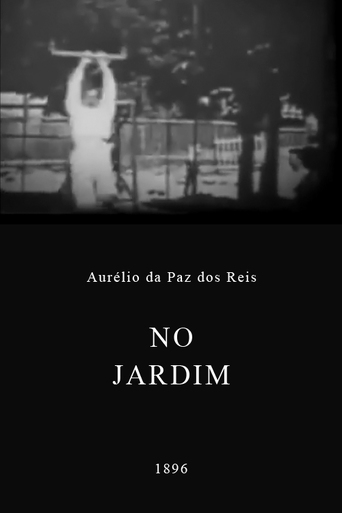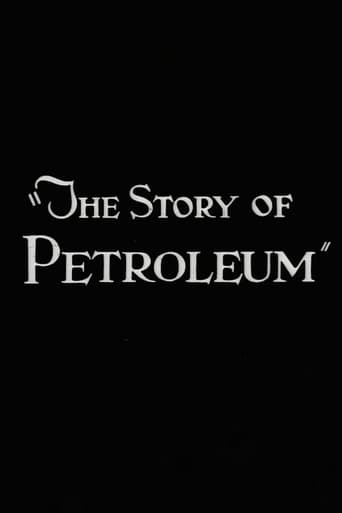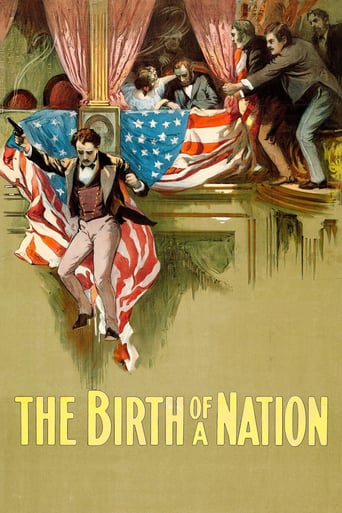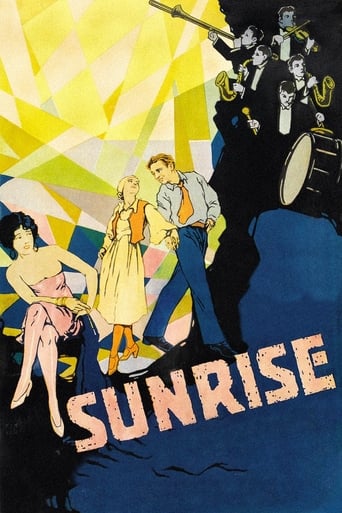
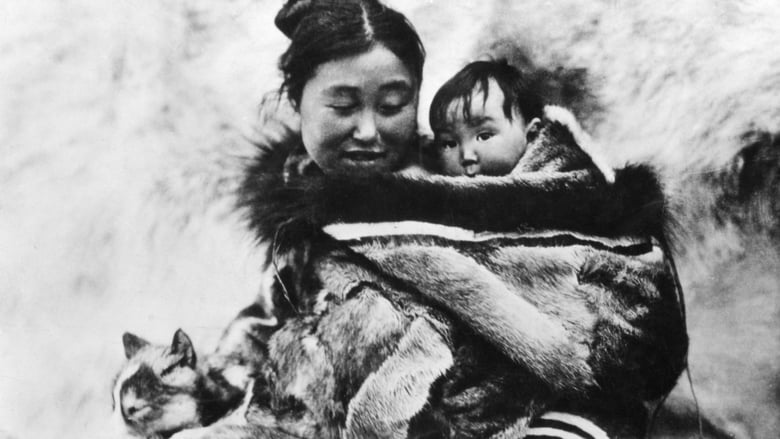
Nanook of the North (1922)
This pioneering documentary film depicts the lives of the indigenous Inuit people of Canada's northern Quebec region. Although the production contains some fictional elements, it vividly shows how its resourceful subjects survive in such a harsh climate, revealing how they construct their igloo homes and find food by hunting and fishing. The film also captures the beautiful, if unforgiving, frozen landscape of the Great White North, far removed from conventional civilization.
Watch Trailer
Cast
Similar titles

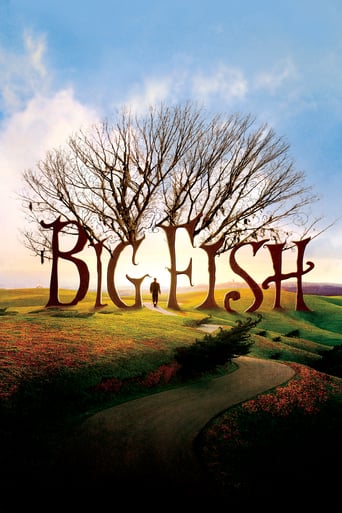
Reviews
I think this is a new genre that they're all sort of working their way through it and haven't got all the kinks worked out yet but it's a genre that works for me.
The story-telling is good with flashbacks.The film is both funny and heartbreaking. You smile in a scene and get a soulcrushing revelation in the next.
Blistering performances.
An old-fashioned movie made with new-fashioned finesse.
As I began to watch this SILENT film, I had the impression of watching a black-and-white home movie--with title cards. However, my first impression was soon dispelled as I became riveted by the documentary—the first documentary ever made for screening in public theaters.This fact, alone, makes Robert J. Flaherty a filmmaking pioneer. But, Flaherty--as revealed by his wife in a short interview, on the same Criterion DVD--was an explorer first and only became a filmmaker long after. While working along the East Coast of Hudson Bay in 1910 for the English explorer, Sir William MacKenzie, Flaherty fell in love with the Eskimos that lived on the barren lands of the unexplored southern coast of Baffin Land. Flaherty wanted to film them to show the world a bit of their lifestyle and culture. His first attempt was a failure in that the film could not be developed on the spot, and when it was taken back to Toronto for development, much was lost and most of what was not lost was burned in a fire. His second attempt resulted in this film, Nanook of the North (1922), developed on the spot and done with better equipment.Flaherty let the Eskimos become involved with the film so this was no 'hidden camera deal.' In fact, some scenes—like the building of the Igloo and the seal hunt--were staged. But then, don't most people know that they are being filmed when documentaries are made of them? One soon falls in love with Nanook, his wife and children, and his extended family as they work, play, hunt, and eat. Unlike civilized society--where almost everything is done for you--these Eskimos, at that time, spent a great deal of their time and activities for survival. Roles were both defined and integrated into their society: good parenting seems totally enjoyable but has its long-range goal too. Children wanted to imitate their parents, and the parents encouraged it. Their dogs were their pets, but they were also totally necessary for their for survival too. Almost all of the Eskimos' food, goods, clothes, homes furnishings, fun, and hunting supplies came out of what they were able to make, find, or hunt in their desolate environment. But, even there, they did trade at the white man's trading post. Flaherty's film went on to become world-famous and probably gave us much of the information--such as building igloos, kissing by rubbing noses, etc--that we have adopted about the Eskimos of that time. Why? Because unlike popular articles written in magazines like 'The National Geographic,' the film brought the people and culture to life for us to see it in action. I also appreciated Flaherty's film making per se. His photography and framing are very good for the time, with both effective long shots and close ups. It is hard to imagine such good work under such limited lighting and environmental conditions. My only criticism of the film is length of the title cards. Since I am a slow reader, I was often forced to set the DVD player on the pause button in order to read the description of each upcoming scene. Nankook of the North is No. 41 on The Top 100 Silent Era Films.
In this silent predecessor to the modern documentary, film-maker Robert J. Flaherty spends one year following the lives of Nanook and his family, Inuit living in the Arctic Circle.What is unfortunate about this film is how it can be seen as a docudrama more than a documentary. A film about the Eskimo or Inuit culture would have been fascinating and important, especially as indigenous cultures continue to fade away. Yet, we now know that much of this film was staged, with the "wives" being fake and a spear used for effect when the actual hunter typically had a gun.There is still historical value to the film, of course, but it must be taken with that grain of salt. The very fact someone brought a camera as far north as Flaherty did probably deserves some credit.
After failed tries in 1913 and 1915, Robert Flaherty finally returned to Hudson Bay to shoot the Eskimo life, and, unbeknownst to him, he was creating the basic rules of anthropologic cinema (or cinéma direct), living with the Eskimos, making them acquainted with the film equipment, working together in the production, and showing them the footage. Although his intent was realistic and he narrated through silent images, he took a free approach, and made his subjects reenact situations, a solution today unthinkable for the filmmakers of direct cinema. Made with financial backing from Révillon Frères, a French fur company (some sources consider it a Canadian film), "Nanook" was an economic and critical success since its opening. It was re-edited and re-released in 1947, but restored to its original form in 1976.
Thoroughly Modern Flahertyby: Christopher M. McHugh Robert Flaherty's second film on Eskimos, "Nanook of the North," is one of the world's first examples of a cinema verite' / aesthetic expressionism documentary. His first film outing into the Eastern Hudson Bay is now lost (allmovie.com), "Nanook of the North" was his second attempt. To deal with the extreme cold Flaherty utilized two recently developed Akeley gyroscope cameras that required little lubrication so that he could tilt and pan (cinemaweb.com). Flaherty clearly had a special place in his heart for the Itivimuit people. At times his documentary resembles a home movie, concentrating on Nanook's family's personality, rather than simply the actions they take part in. He does this primarily through the use of close-ups and filming private moments; such as the family waking up. The audience finds themselves smiling back at young Allegoo as he drinks castor oil. In regards to the soundtrack for "Nanook," the VHS copy I viewed didn't seem to match up with the visuals. When Nanook and his family are going to bed, the music is so intense it seams like the family should be fighting a bear, rather than nodding off for the night. Perhaps this problem has been remedied in the Criterion Collection's edition, which was released in 1999 on DVD (FYI available at half.com). The title cards in "Nanook" display, once again Flaherty's fondness for his subject material. Not only, Nanook's family, but Flaherty also seems to display a fondness for the Hudson Bay landscape. Flaherty does this through utilizing flowery language. For example, when we see a shot of the horizon, Flaherty's card reads: "the sun mocks them during the long winter (paraphrasing)." The lighting is excellent in "Nanook," due mostly in part to the fact that Flaherty staged sequences that couldn't be lit properly, such as building a bigger (mock) igloo to accommodate his cameras and lights. It is unclear whether these shots were filmed closer to civilization, due to Flaherty's use of the Haulberg Electric Light Plant (Flaherty 1922)and its need for fuel. Flaherty attempts to make Nanook's family a symbol for the typical, 1920's U.S. family, as (a typical U.S. family) might have lived if they were in Nanook's family's snowshoes. Flaherty even goes so far as to exclude Nanook's second wife, Cunayou (CultureDose.com) [YAY! EXTRA CREDIT!] with the exception of one particularly noticeable shot where the family is getting out of bed. Flaherty treated Nanook's family as though it might have been his own. He even went so far as to show the family dailies so that they could give him input. Flaherty pointed out in his paper, "How I filmed Nanook of the North," that he shared much with the Itivimuit, including his gramophone, tea, tobacco and sea biscuits. The Itivimuit responded back by helping out Flaherty as much as possible, leaving extra food for him and by making sure he was safe (Flaherty 1922).As far a cinematography goes "Nanook" holds up quite well. As stated earlier, Flaherty was able to pull off pans and tilts, even in such a cold environment. The shots are framed quite well, since most of the time Flaherty didn't need to rip his equipment out in a moments notice. Nanook himself, for the most part, seemed to indicate what was going to be happening every step of the way (before it actually happened).The pacing of "Nanook" seems to flow like rolling hills. After much action takes place Flaherty gently takes us down and puts us to bed with the family. While such action as the seal hunt is built up with quite a bit of anticipation. And when Nanook and his comrades struggle with the seal (for 20 minutes in reality), the audience is left biting their nails.Upon viewing "Nanook" for a second time I realized how little has changed in U.S. society, as to their perceptions of those who live in a non-material world (and continue to hunt for food themselves). A 20-hundreds audience's initial reaction is probably very similar to that of a 19-twenties audience. This initial reaction subsides once Flaherty draws us into Nanook's family and they become human to us. I imagine some might criticize Flaherty for his shots of Nanook and his family members posing and smiling straight on at the camera, but these moments are most precious in "Nanook of the North." From what I gather from various sources and his paper, Mr. Flaherty was out in this frozen wilderness with no other English-speaking individuals. He obviously had a command of the language or a translator, but even more than that he obviously treated his subjects with dignity (on and off camera). His style here is closer to participant observation, rather than an ethnography. A good lesson can be learned from Flaherty, in that, great friendship and even some fun can be had when the filmmaker surrounds himself with his subject, although she or he may loose their objectivity. However, to be closer to a people is to understand them better. No one can doubt that Flaherty's take on the travel film is ingenious and that he revolutionized the film industry. To this day, "Nanook of the North" succeeds in being a modern film, easily accessible to anyone. It conveys the lifestyle and ideas of a different culture clearly and with a very human touch. And that is all that anyone could want from a documentary.

